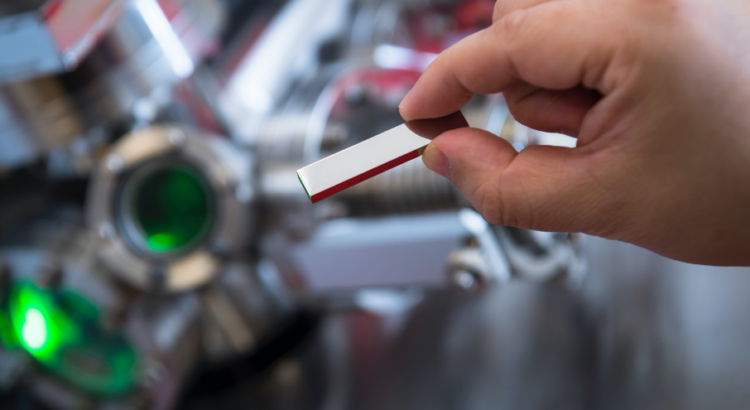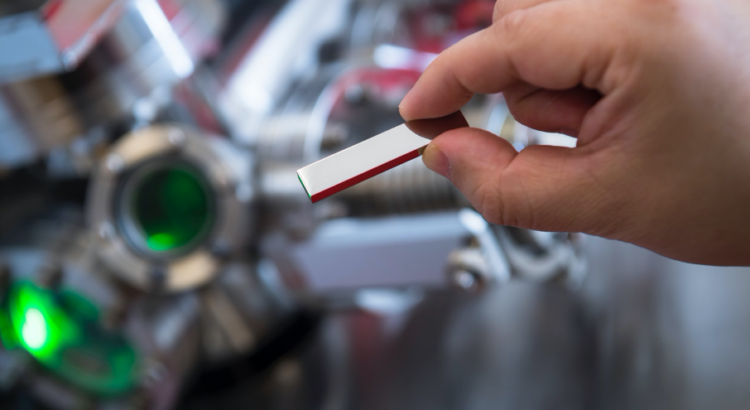
A team of researchers from the University of California at Berkeley has developed a new alloy of chromium, cobalt and nickel that is one hundred times stronger than graphene, one of the world’s strongest materials. Details of the research have been published in the journal Science.
The applications of this new alloy could be multiple, in the space field for example, for which it is essential to be able to have structuring materials offering good breaking properties at very low temperatures. The material developed by the University of California is a so-called high-entropy alloy, made up of an equal part of each element that constitutes it, whereas alloys are usually made up of a main element to which small quantities of secondary elements are added. This alloy has the property of being very malleable and ductile, it can bend under pressure without breaking.
Regarding the high malleability of the material, the authors state for example that each of the mechanisms comes into action at a later stage when you increase the pressure on the material, this is the perfect recipe for high toughness. The researchers found that these mechanisms become even more effective at very low temperatures and that toughness improved, after subjecting the alloy to a temperature of -196˚C. They then put it in contact with liquid helium, whose temperature can go down to -253˚C.

Scientists were able to observe how the cracks formed as the pressure increased using an analysis technique based on neutron diffraction on the material. Robert Ritchie, co-author of the study, says people are talking about the toughness of graphene, measured at just four megapascals per meter. The toughness of aluminum alloys used in aircraft is thirty-five megapascals per meter.
This material has a toughness of four hundred to five hundred megapascals per meter. One of the disadvantages of graphene is that its strength is only on a nanometric scale, whereas the samples tested of the nickel, cobalt and chromium alloy were the size of a pack of cigarettes. These tests make it possible to envisage everyday cryogenic applications that could concern space infrastructures or fracture-resistant containers for the use of clean energy, for example. The main disadvantage of this new alloy is, for the moment, the very high cost of two of its components, cobalt and nickel.




